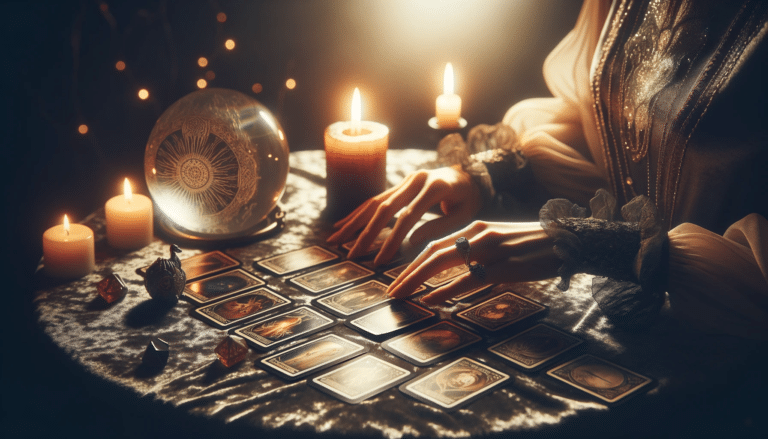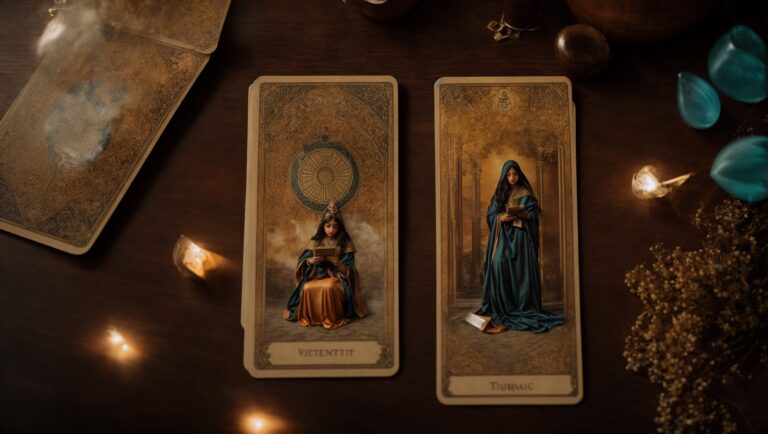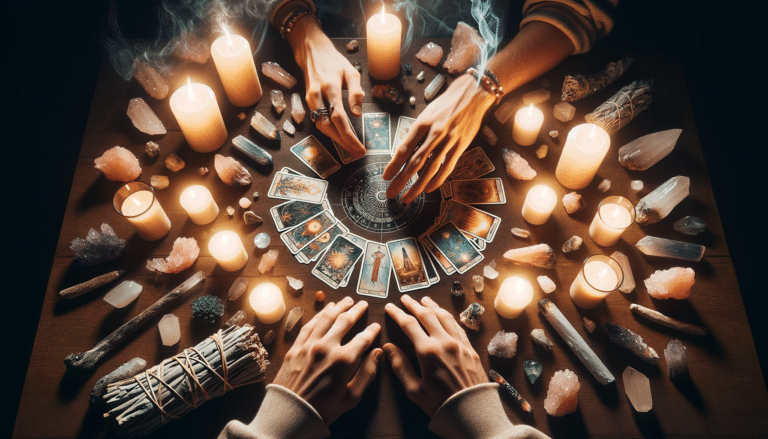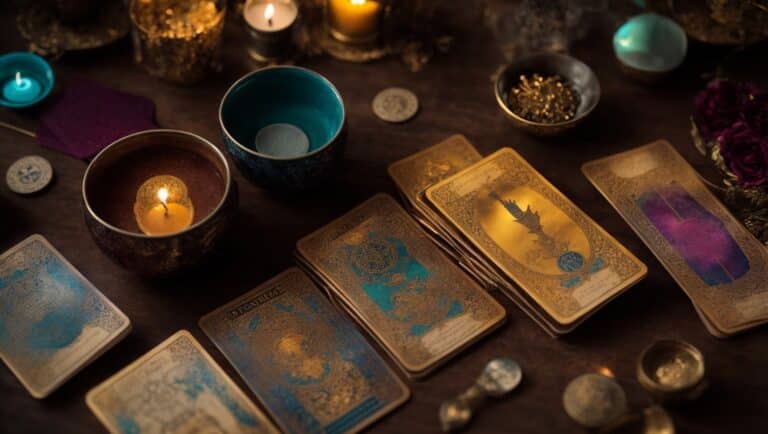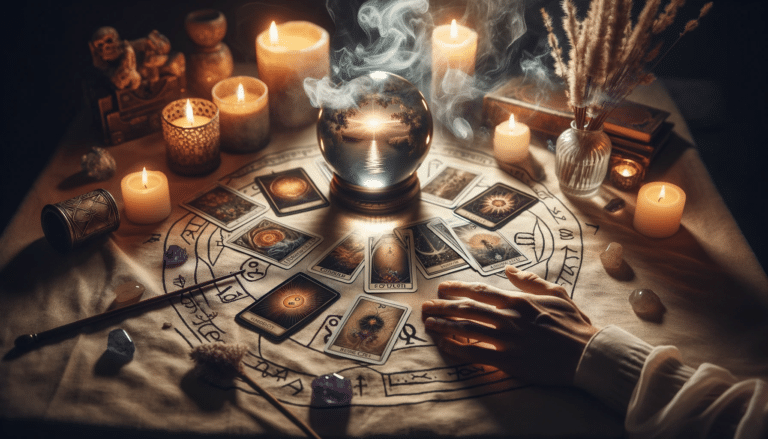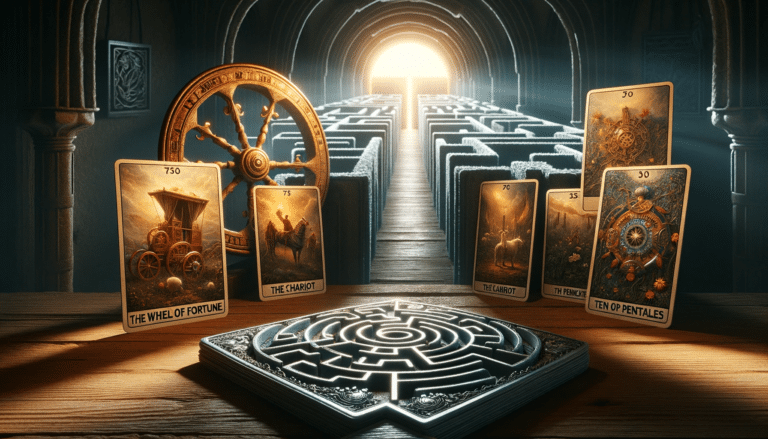8 Best Tarot Card Interpretation Guides
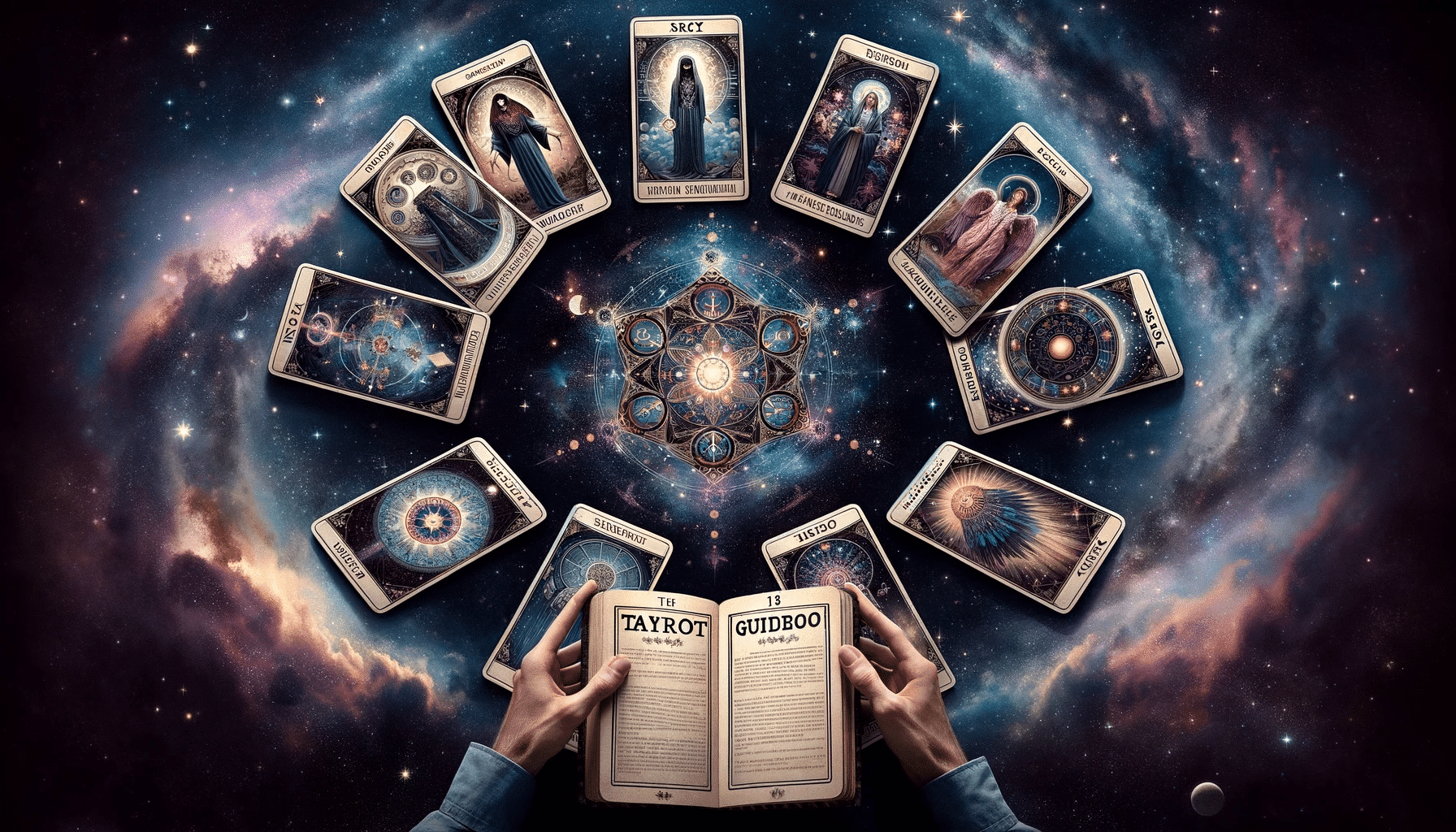
Whether you’re a beginner or a seasoned reader, mastering tarot card interpretation can be quite a journey. You’re about to dive into the complex world of tarot, exploring the Major and Minor Arcana, understanding symbols, learning different spreads, and more.
You’ll even discover the connection between tarot and numerology. With these eight best tarot card interpretation guides, you’re not just learning – you’re empowering yourself.
So, let’s get started, shall we?
Key Takeaways
- Understanding the symbolism and meanings of tarot card symbols is crucial for interpretation.
- The Major Arcana cards represent spiritual and karmic lessons, while the Minor Arcana cards represent day-to-day happenings.
- Different spreads and layouts can change the meaning of individual cards and provide structure to readings.
- Reversed tarot cards introduce complexity and can represent blocked energies or a different perspective.
Understanding Tarot Card Symbols
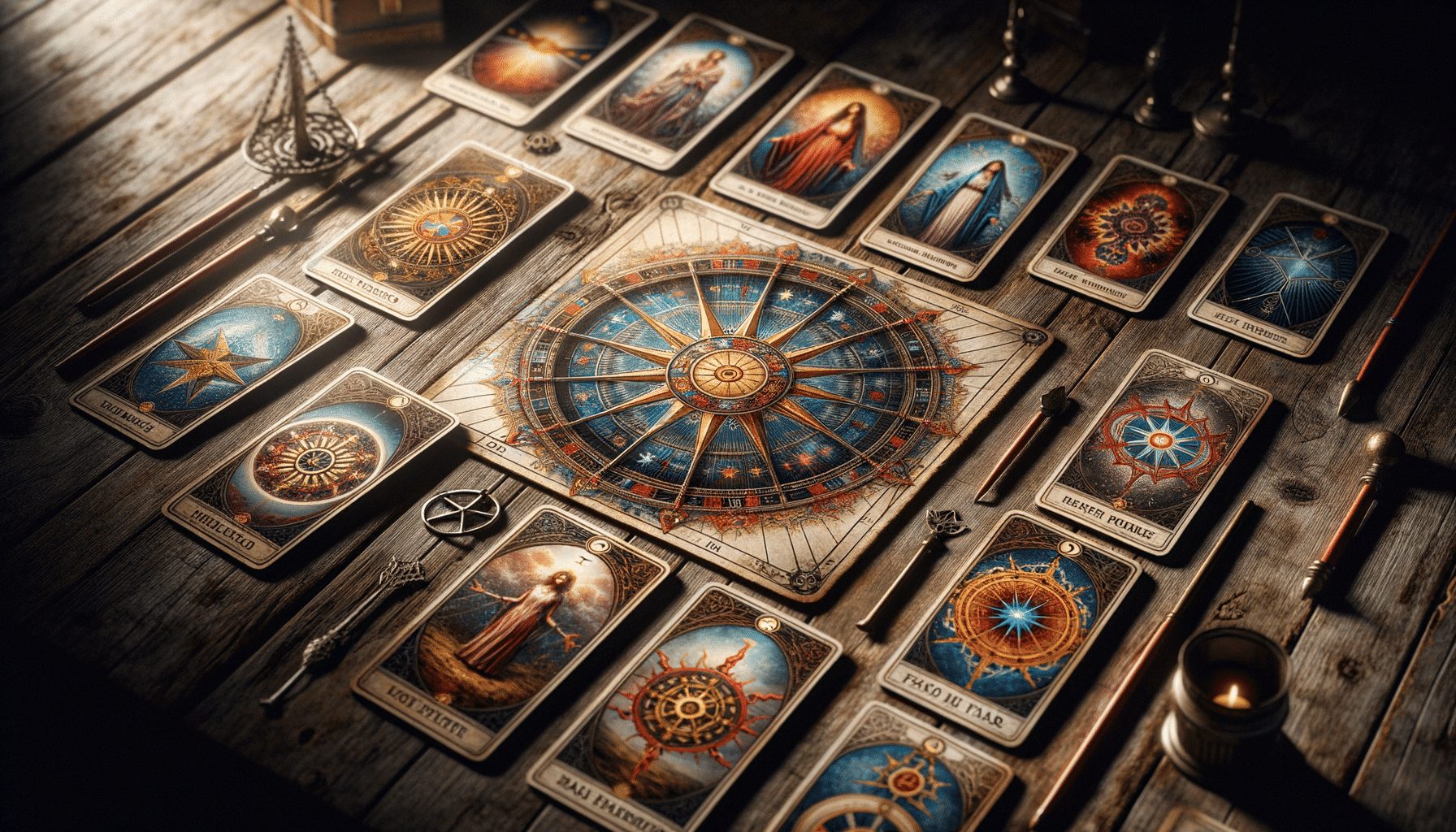
In your journey to master tarot card interpretation, understanding the symbols on each card is a pivotal step you can’t overlook. Each symbol carries its unique story and meaning, which, when interpreted correctly, can offer profound insights into your situation or question. The symbolic associations embedded in each card are rich and diverse, ranging from nature elements to historical references, all meticulously chosen to convey specific spiritual messages.
Tarot colors significance is another crucial aspect to consider. Each color in the tarot deck isn’t just for visual appeal; they’re chosen deliberately to symbolize various feelings, situations, and even spiritual entities. For instance, blue often stands for emotions and intuition, while red might signify passion or action. Green could represent growth or healing, and black might denote mystery or the unknown.
Check out our Tarot Cards here…
The Major Arcana: Deep Dive
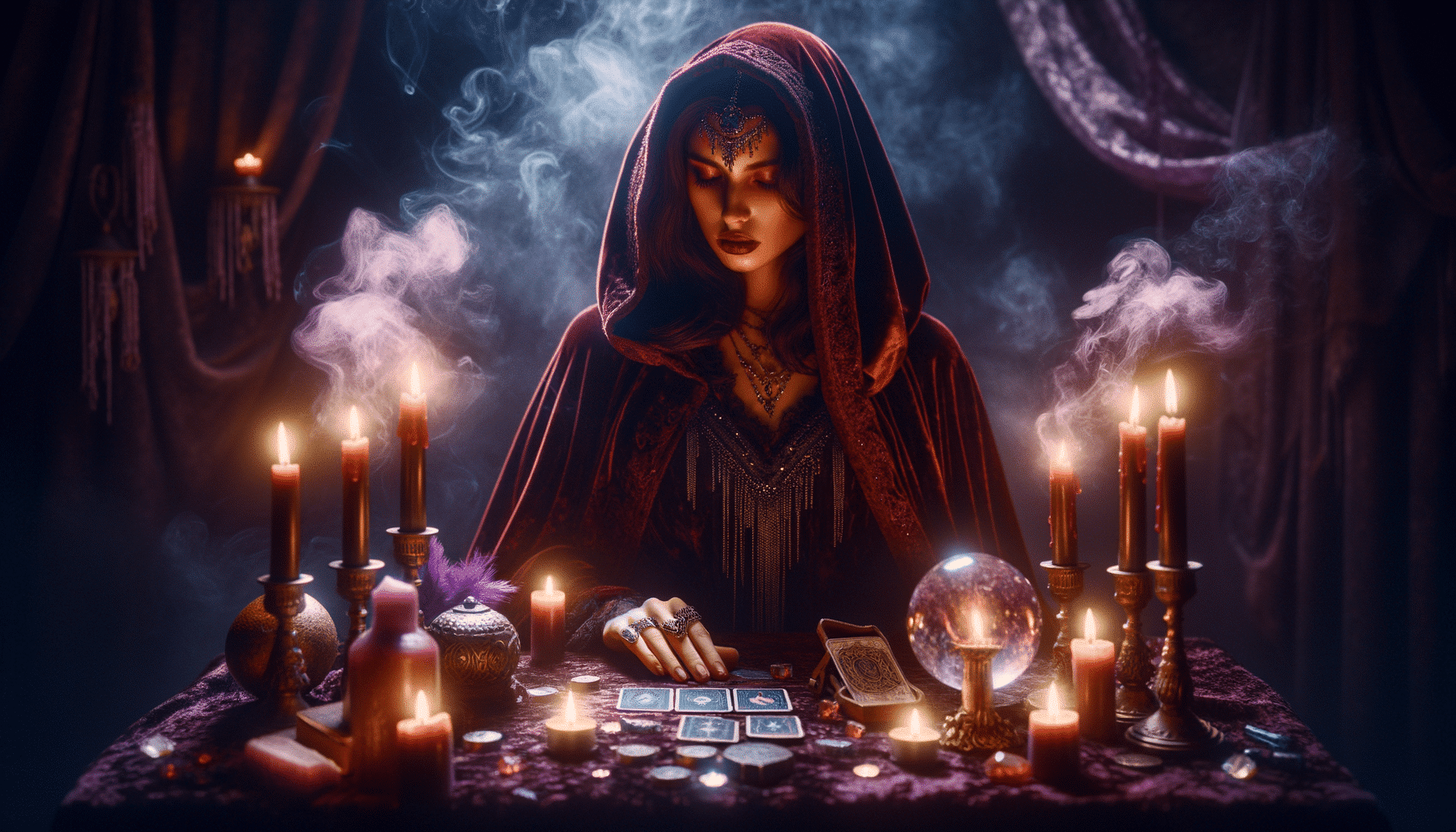
With the basics of tarot symbols and colors under your belt, you’re now ready to take a deep dive into the Major Arcana, a pivotal component in mastering tarot card interpretation. The Major Arcana is a set of 22 cards that hold great significance. They represent life’s spiritual and karmic lessons, and each card is steeped in Arcana mythology and historical origins.
Here are some key points to bear in mind:
- The Fool to The World: These cards represent the journey from naivety to enlightenment, mirroring our own personal growth.
- Arcana Mythology: Each card has a mythological backstory that contributes to its interpretation. For example, The Fool represents the potential for a new journey, inspired by the Greek god Dionysus.
- Historical Origins: The Major Arcana has roots in medieval and renaissance Europe, with influences from astrology, Kabbalah, and Christian symbolism.
- Symbolism: Pay attention to the symbols on each card. They’re crucial to understanding the card’s message.
You’re progressing well on your tarot journey. Now, let’s move on and delve into the intricate world of the ‘minor arcana interpretation guide’.
Learn about more Tarot Card Basics here…
Minor Arcana Interpretation Guide
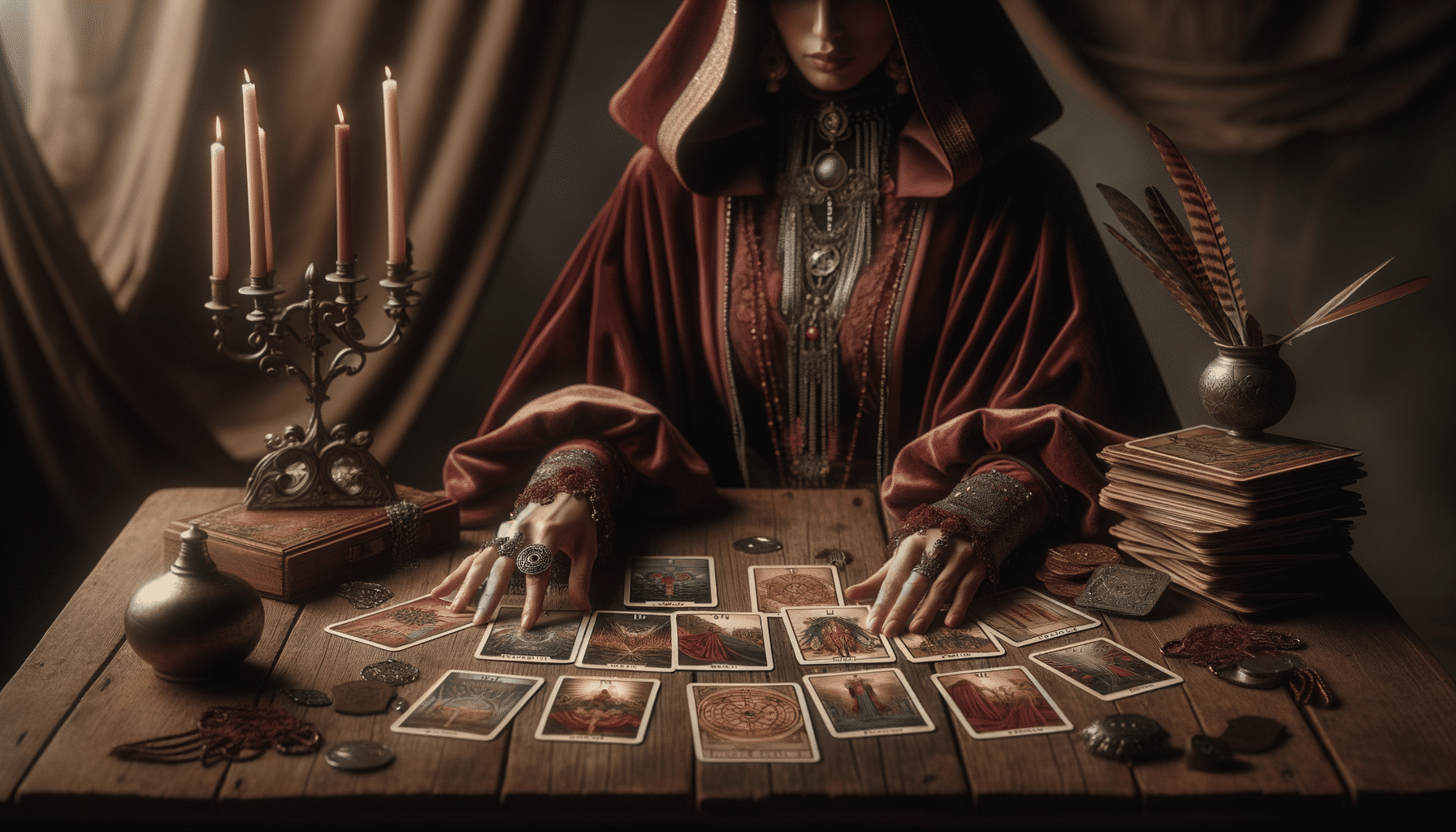
Now that you’ve delved into the Major Arcana, let’s turn your focus to the Minor Arcana, an equally significant part of mastering tarot card interpretation. The Minor Arcana, made up of 56 cards, represents the details of life, the day-to-day happenings, and the less dramatic aspects of our existence.
The first thing you need to know about the Minor Arcana is Elemental Associations. Each suit is associated with an element: Cups with water, Wands with fire, Swords with air, and Pentacles with earth. These elements play a crucial role in interpreting the cards, as they represent different aspects of human experience. Water, for instance, points to emotions and relationships, while earth signifies material world and practical matters.
Next, let’s discuss the Court Card Roles. These cards, including the Page, Knight, Queen, and King, represent different personalities or roles within our lives. They can signify actual people, or perhaps aspects of ourselves. For instance, the Queen might represent a nurturing figure, while the Knight could symbolize an adventurous spirit.
Understanding the Minor Arcana’s Elemental Associations and Court Card Roles will help you get a more detailed and nuanced reading from your tarot cards. Good luck on your continued journey of tarot mastery!
Learn even more secrets of Tarot Interpretation here…
Spreads and Layouts in Tarot
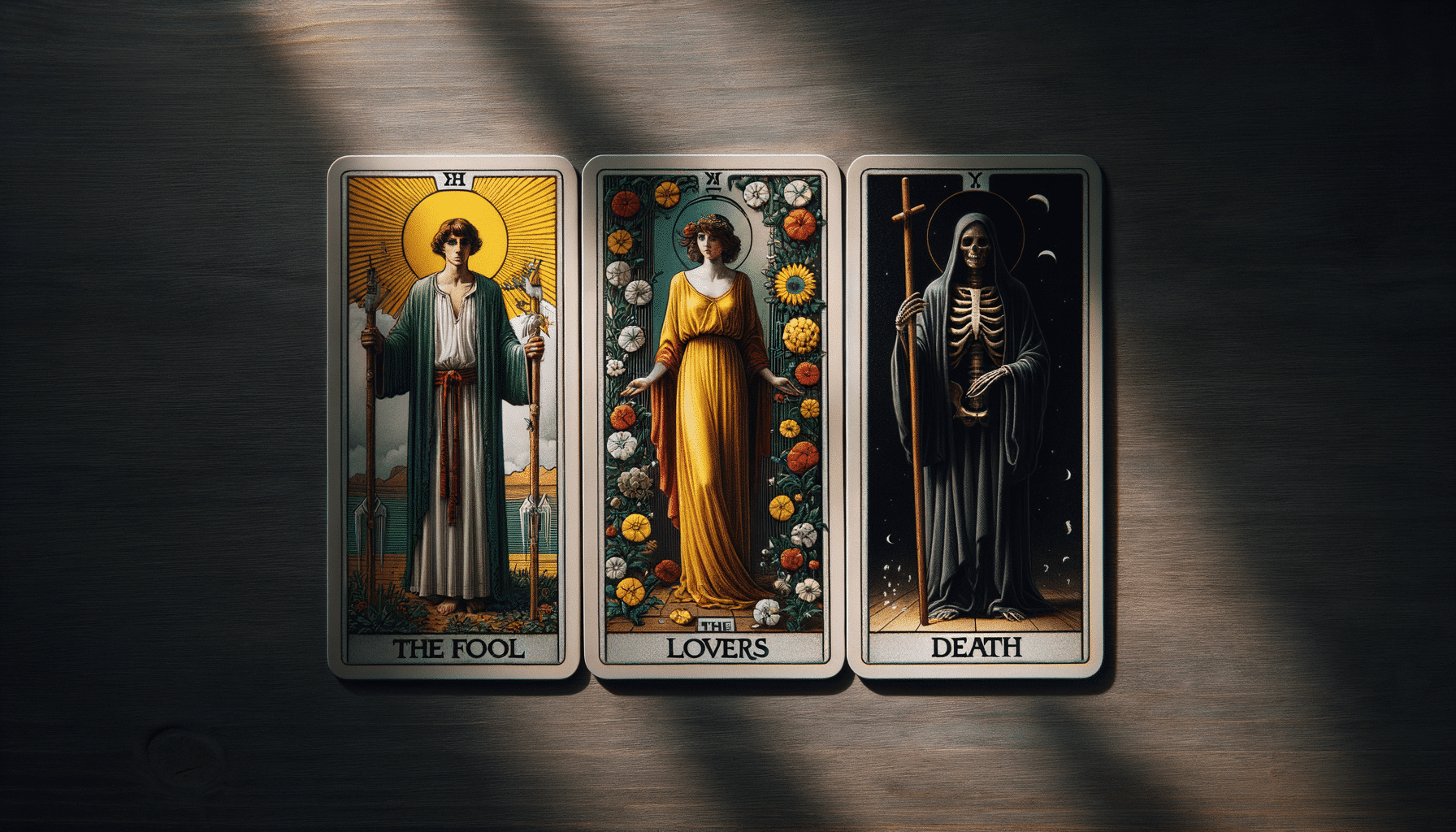
While you’re getting the hang of the Minor Arcana, it’s crucial to also familiarize yourself with different tarot card spreads and layouts, as they’re key to interpreting the cards’ messages effectively. Spreads and layouts provide structure and depth to your readings and can change the meaning of individual cards based on their positions and relationships with other cards. This is where the concept of card combinations comes into play.
Understanding the diversity of decks out there can also affect the spreads and layouts you use. Some decks lend themselves better to certain spreads than others. As you explore deck diversity, you’ll find layouts that bring out the best in each deck.
To get you started, here are four common spreads:
Mastering spreads and layouts will take your tarot card interpretation skills to the next level.
Reading Reversed Tarot Cards
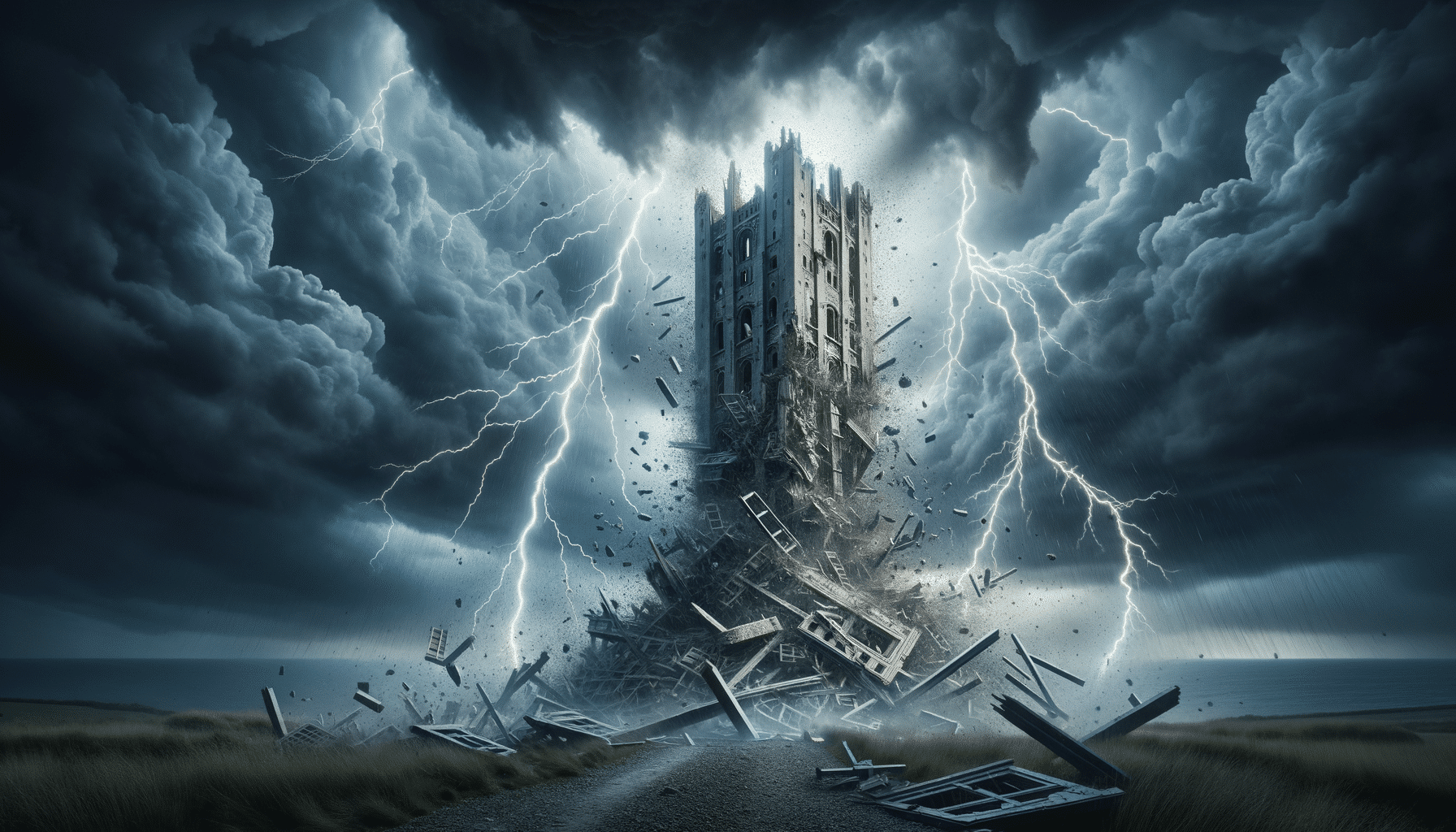
Once you’ve got a grip on tarot spreads and layouts, it’s time to tackle another crucial aspect of tarot card interpretation: reading reversed cards. Don’t fret, it’s not as daunting as it sounds. Reversed meanings simply refer to a card that’s upside down from your perspective during a reading. This inversion can drastically alter the card’s interpretation, introducing complexity into your readings.
Reversed cards don’t always signify negative outcomes. They can represent blocked energies, introspection, or simply a different perspective on the card’s upright meaning. For example, the reversed Sun card, typically associated with positivity and success, could indicate a need to look inward or a temporary setback on the path to your goals.
Card position influence is another important factor to consider. The position of a reversed card within a spread can influence its meaning. For instance, if a reversed card falls in a position representing obstacles, it may highlight internal issues that need addressing.
Enhancing Intuition for Tarot Reading
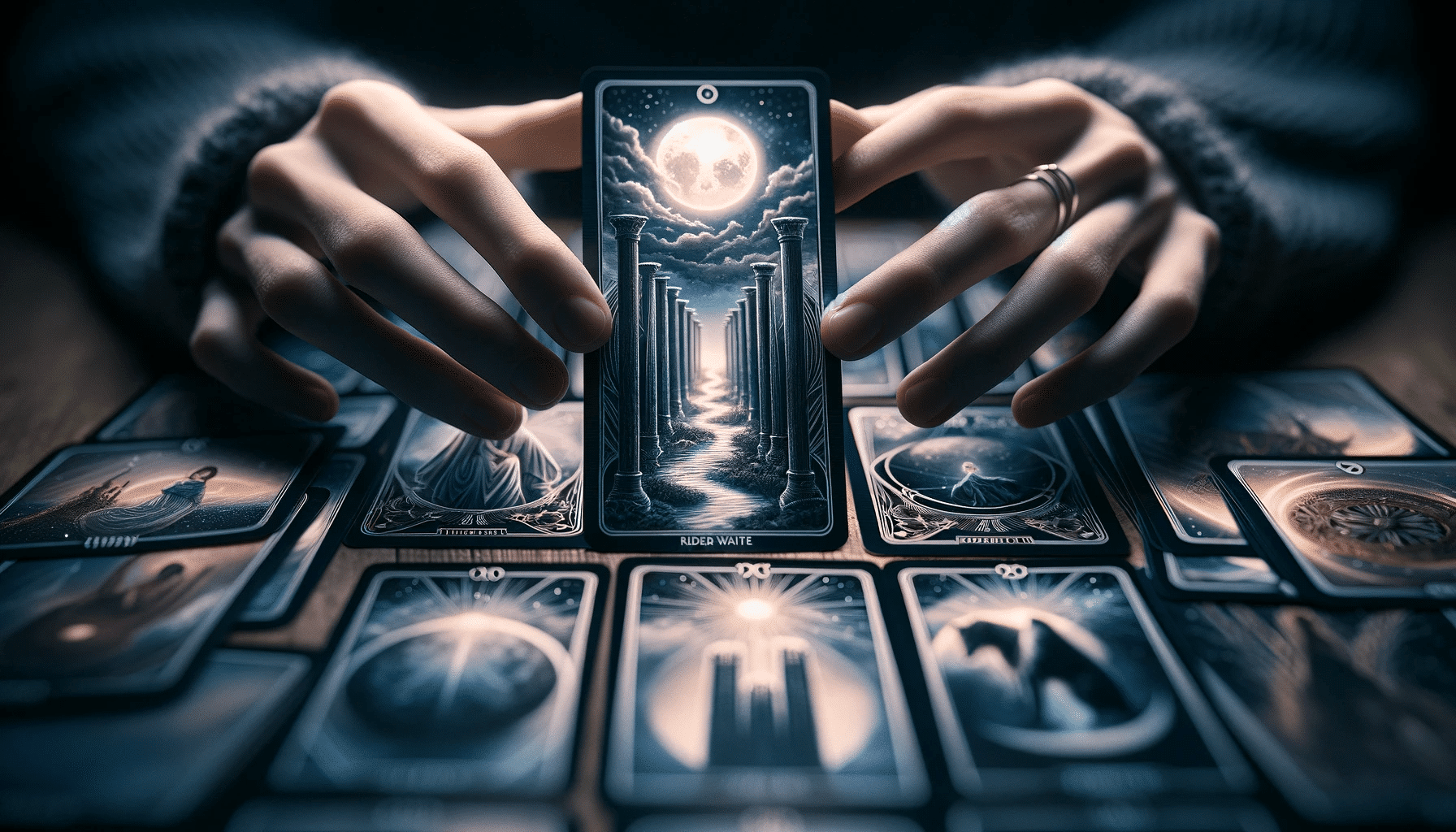
Although you might think tarot reading is all about memorizing card meanings, it’s actually your intuition that’ll truly guide you in interpreting the cards.
Your intuition is that inner voice that instinctively knows what each card is trying to convey. To enhance this intuition for tarot reading, you can undertake several exercises and practices related to psychic development.
Here are some intuition exercises that might help:
Psychic development further assists in honing your intuitive skills. As you deepen your connection with your inner self through these exercises, you’ll find that you can interpret tarot cards more effectively.
It’s not just about knowing the card meanings, it’s about feeling and understanding the energy they carry.
Tarot and Numerology Connection
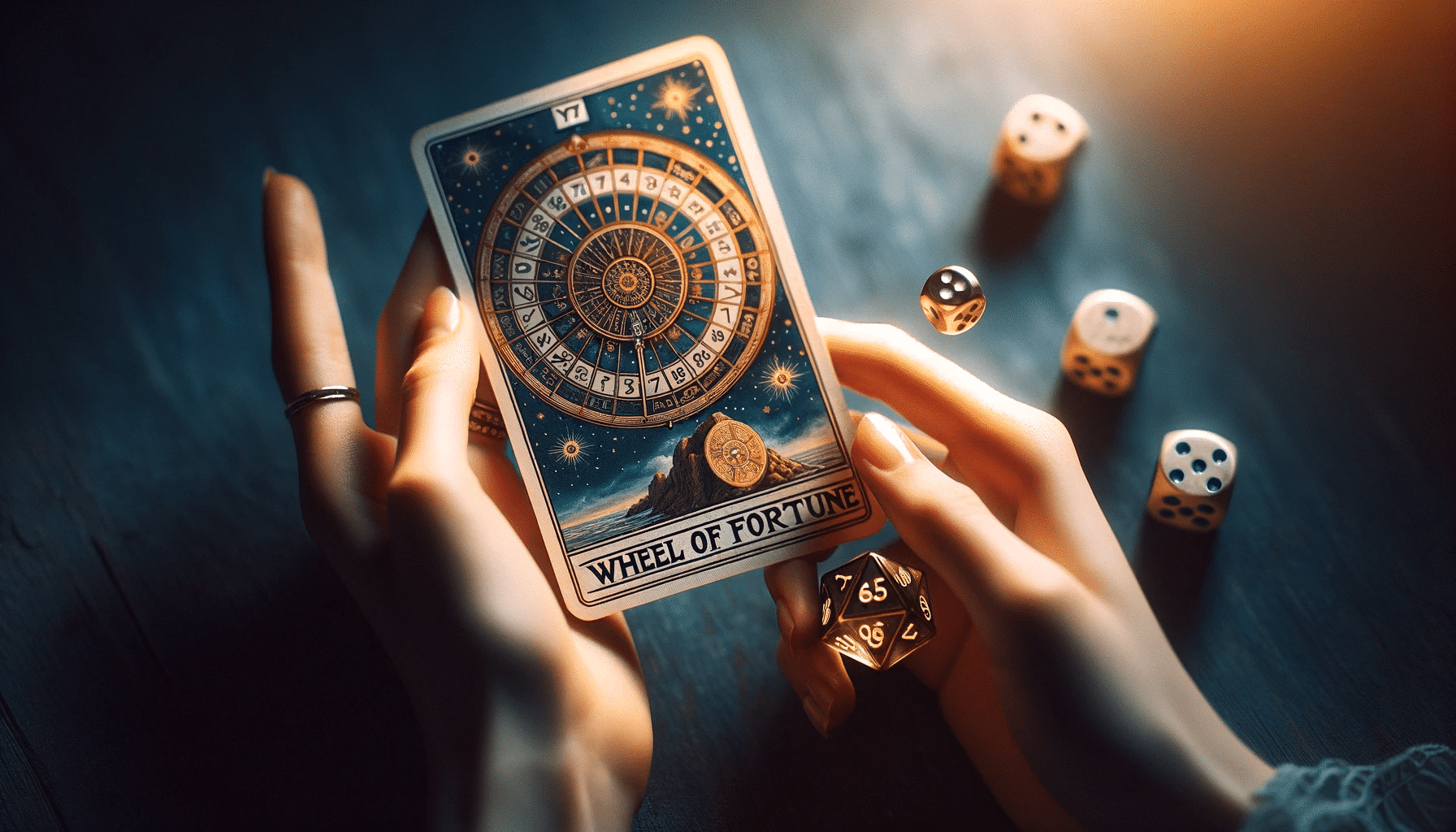
Building on your intuitive skills, you’ll also find numerology can provide additional depth to your tarot card interpretations. Numerology basics involve the study of numbers and their symbolic correlations, which can bring out hidden meanings in tarot cards.
For instance, if you draw a card with the number five, in numerology, this number often symbolizes change. Therefore, this card may suggest a significant change or transformation in your life.
To help you better understand this, let’s examine a simple table:
| Number | Numerological Meaning |
|---|---|
| 0 | Infinite possibilities, the beginning point, potential, void |
| 1 | Leadership, autonomy, initiative, new beginnings |
| 2 | Balance, duality, partnerships, relationships |
| 3 | Communication, creativity, self-expression |
| 4 | Stability, practicality, organization, hard work |
| 5 | Change, freedom, adaptability, the senses |
| 6 | Harmony, family, home, responsibility |
| 7 | Introspection, spirituality, wisdom, deep understanding |
| 8 | Power, authority, success, material wealth |
| 9 | Completion, humanitarianism, compassion |
| 10 | Divine perfection, balance, return to unity |
By integrating the numerology basics into your tarot readings, you’re not only interpreting the images on the cards but also the numbers. This brings a whole new level of understanding to your readings.
Advanced Guide: Symbolism in Tarot
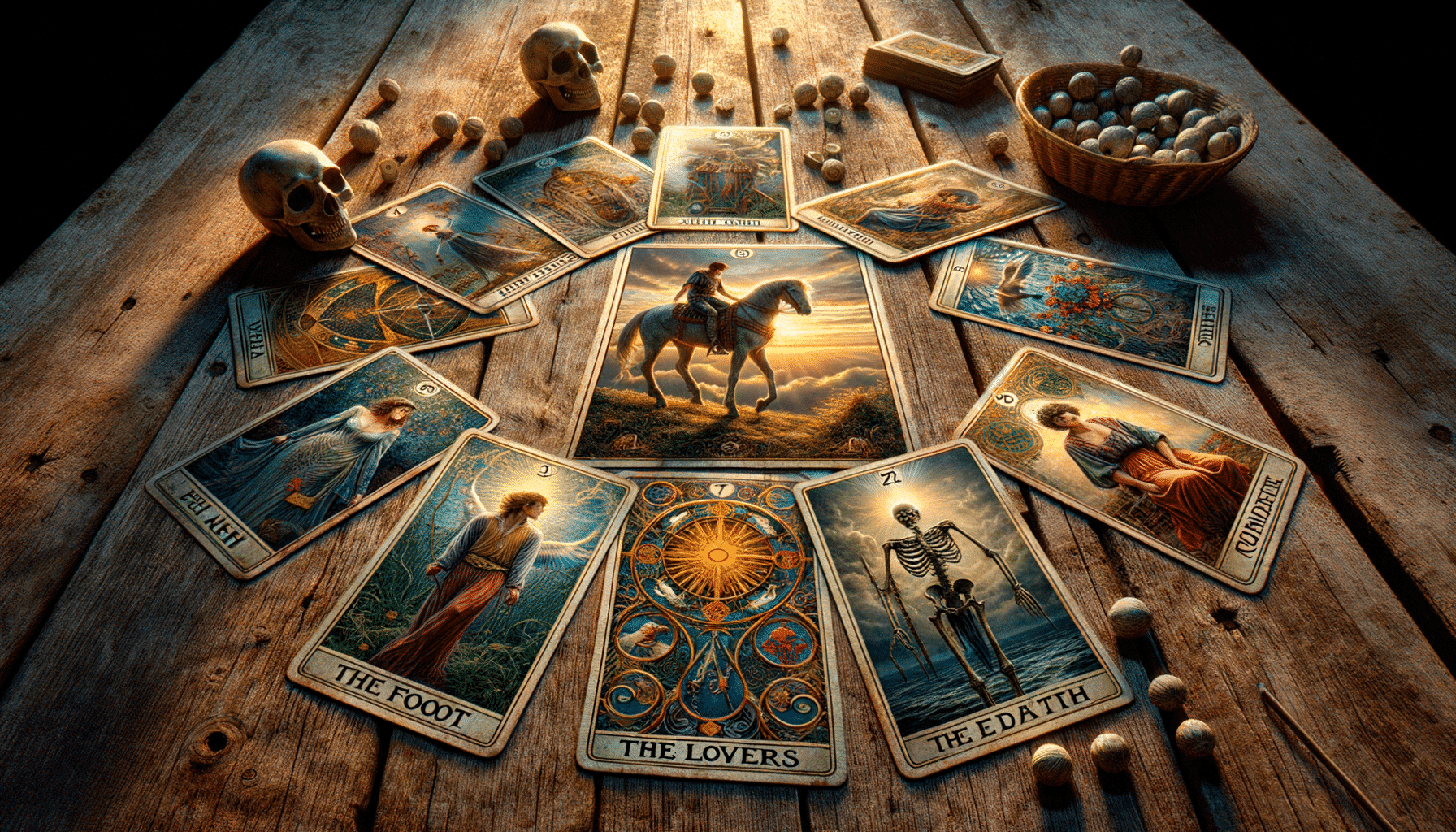
You’re now ready to tackle the symbolism in tarot cards, an advanced topic that can greatly enhance your readings.
Understanding symbolic meanings is vital because each symbol on a tarot card carries its own wealth of knowledge and interpretations.
Understanding Symbolic Meanings
In your journey to master tarot card interpretation, it’s crucial to grasp the symbolic meanings, as each of the 78 cards carries a wealth of symbolism. Your symbolic associations and iconography exploration should enhance your understanding.
To delve deeper into this topic, consider these four points:
Understanding these aspects will enrich your interpretations and provide a more nuanced reading.
Now that you’ve gotten an introduction to symbolism in tarot, let’s move forward to the next level – interpreting complex symbols.
Interpreting Complex Symbols
Now that you’ve got a handle on basic symbolism, it’s time to tackle the interpretation of complex symbols in tarot cards.
Understanding these intricate signs can be daunting but remember, symbolic associations are your friend. Each symbol doesn’t stand alone; it’s part of an interconnected network. A rose, for example, might not just symbolize love or beauty, but also secrets or balance, depending on which card it appears.
Another key aspect is cultural influences.
Different societies imbue symbols with unique meanings, which tarot cards borrow heavily from. Let’s take the snake, often seen as a symbol of wisdom or healing in some cultures, while in others, it’s associated with deceit. Knowing these nuances deepens your understanding of tarot card symbology.
Frequently Asked Questions

How Can I Cleanse My Tarot Cards After a Reading?
You can cleanse your tarot cards post-reading using various cleansing methods. It’s important to develop a personal ritual for this. It could involve smudging, bathing in moonlight, or simply shuffling with intent.
Is It Possible to Use Tarot Cards for Meditation?
Absolutely, you can use tarot cards for meditation. They’re great tools for visualization and meditative techniques. You’ll focus on a card’s imagery, diving deep into its symbolism to gain personal insights and clarity.
How Can I Incorporate Tarot Card Reading Into My Daily Routine?
You can incorporate tarot card reading into your daily routine by starting with morning readings. It’s also beneficial to keep a tarot journal to record and analyze your readings, fostering growth in your interpretation skills.

About The Author – Allen Hill
Allen Hill, the force behind Unknown Truth Tarot, has a YouTube following 6-times bigger than the population of his hometown, Miamisburg, Ohio. From his spiritually rich blog on Tarot and crystals to his role as CEO of The Unknown Truth Tarot Metaphysical Shop, Allen’s passion for the metaphysical shines through.
A master Tarot reader and “crystal junkie,” Allen is also a devoted dad to Dylan, 10, and Destiny, 24. When he’s not immersed in the world of Tarot and crystals, he enjoys poker and video gaming sessions, often humorously outplayed by Dylan.
Follow Allen on Twitter, Instagram, Facebook, TikTok, and subscribe to his Unknown Truth Tarot YouTube channel to join him on a journey of spiritual growth and self-discovery.

